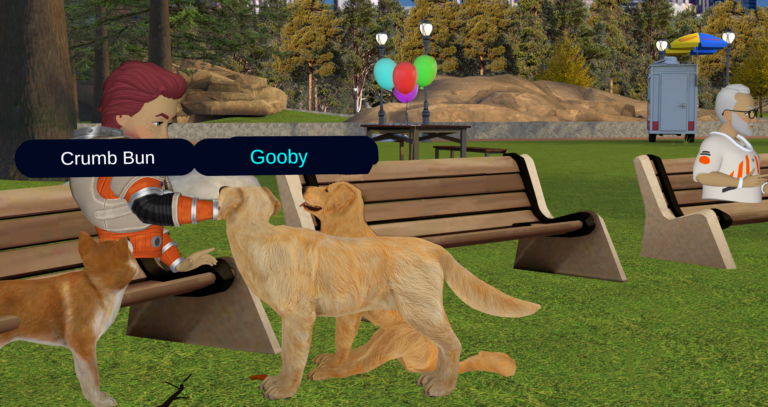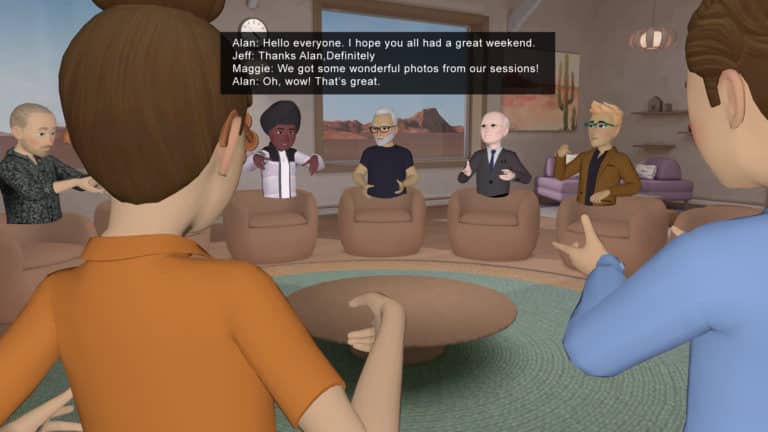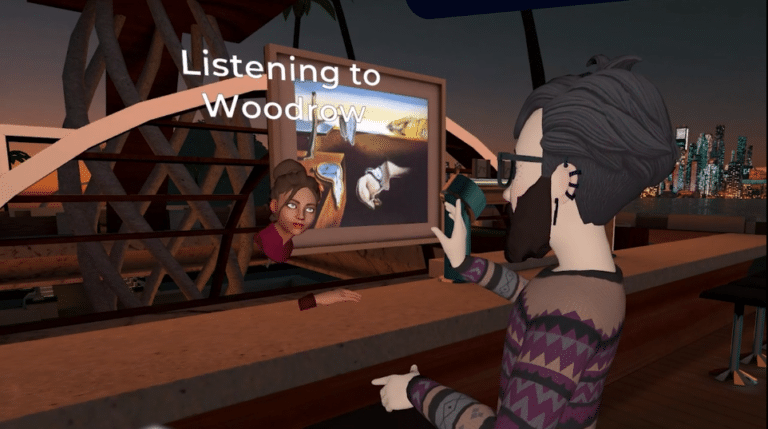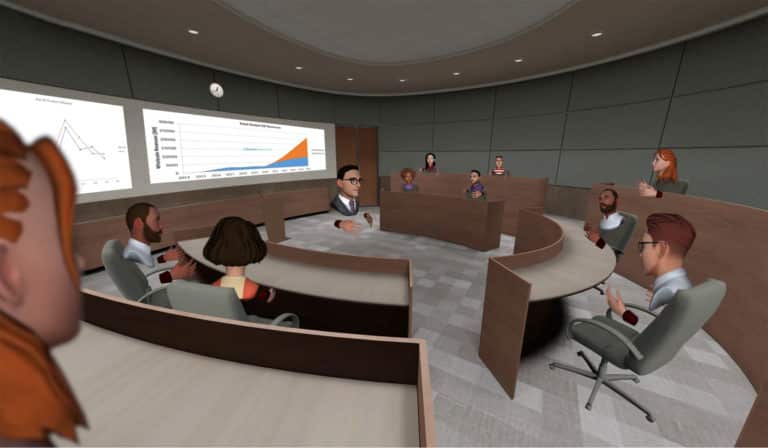As social Virtual Reality (VR) continues to evolve, the ability to render more expressive avatars has become more of a focal point. But do more expressive avatars really enhance the sense of presence and connectedness?
To answer that question, researchers behind a recent study published by “Frontiers in Virtual Reality” compared a set of collaborative experiences in a consumer level VR headset and an ‘Highly Expressive Avatar Control System’ (HEACS) developed specifically for the study.
To render more expressive avatars, the HEACS used a set of rendering techniques to mimic facial expressions and synchronized lip movements and a set of external Kinnect cameras to track body and hand movements. The consumer level VR headset did not have these enhancements.
To analyze the effectiveness of avatars, participants played a game of charades with another participant through each of the two avatar systems.
The results showed “that participants interacting with highly expressive avatars felt more social presence and attraction and exhibited better task performance than those interacting with partners represented using low-expressive avatars.”
Additionally, the study found that “participants prefer using the highly expressive avatar control system, which improves the task performance.”
While avatars available today through consumer headsets are able to convey expression through head and hand movements, this study indicates that further improvements to avatar expressiveness will continue to enhance the sense of presence, empathy, and connectedness.
Foretell Reality is a social virtual reality platform that supports many different types of avatars with varying degrees of realism and expression for different use cases including VR group therapy and support, soft skills training, and business collaboration. To schedule a demo, click here.








